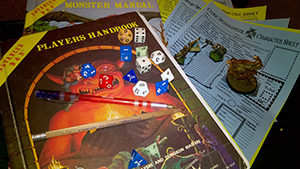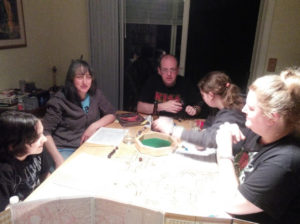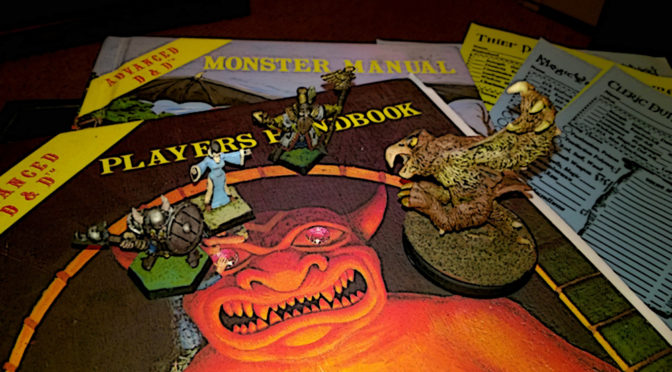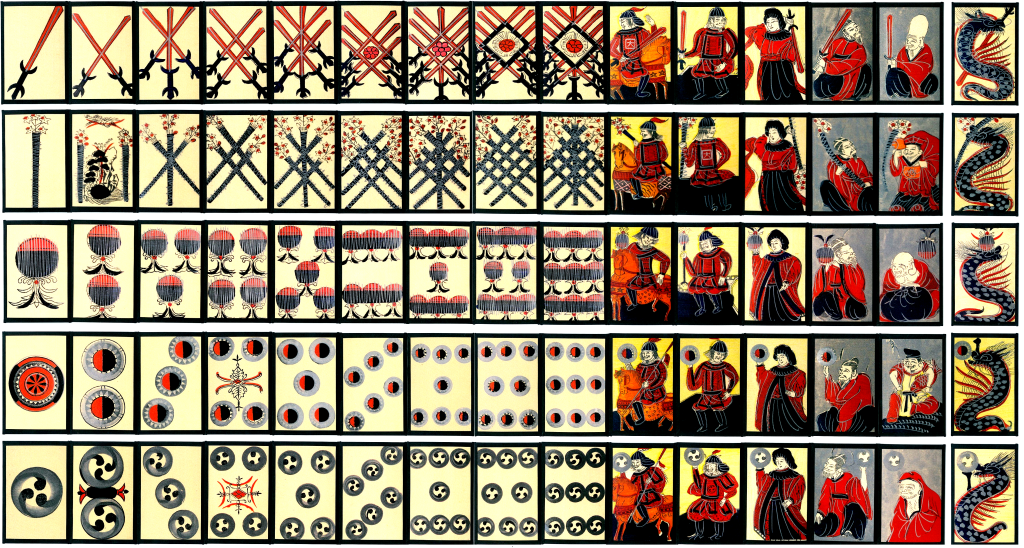A long time ago, in what seems a galaxy far away, I was bitten by the Dungeons & Dragons bug.
This bug afflicted me with a life-long virus that just won’t leave my system. This bug has, on occasion, kept me up into the wee hours of the morning, has had me screaming out loud in frustration, and left me breathless and close to exhaustion. The virus I was afflicted with so long ago is Dungeons & Dragons.
I was hit hard by this then new way of gaming. I devoured page upon page of source book material. I greedily saved my money in order to buy the latest adventure modules. I spent hours and hours developing my own PC sheets, dungeons, and world flavor. I spent many a day and night playing with friends, bonding over the adventures we shared.

I still play today, although not nearly as much as I used to. Time and adult responsibilities have eroded into my playing time. One of these responsibilities is raising a son. As he became older, he began to share some of my wife and I’s interests. He likes Super-Heroes and Comics, he likes to read, he has a deep “appreciation” for anything Star Wars, and he also began to like the fantasy genre, especially that world created by Tolkien; Middle Earth.
He was introduced to most of these interests through movies. Those high energy, flash and bang productions of the modern era that are all the rage with today’s youth. They may not always be true to their source material, but they are entertaining, and because of this I never thought my son would be willing to play in (to his movie warped mind) a “slow-paced imagination driven” role-playing game. How could a game run by me ever compare to the action he saw on the big screen?
Boy, was I wrong!
From the time I finally got him to sit down and play he has been hooked. He is the driving force that actually gets the group together for session after session. He is the one that makes sure that our group (which consists of him, my wife, one of my oldest friends and his wife and daughter) has the next session date already set before we close for the night. He loves to play, he can’t wait to see what happens next. He sits with anticipation over what crazy voice his father will use for the next NPC that is encountered. Wonders out loud at what monster may be lurking behind that next door in the dungeon.

I never knew that the Dungeons & Dragons bug was hereditary, but for sure it has been passed down to the next generation.
-Steve R. (a.k.a. The Taskmaster)



